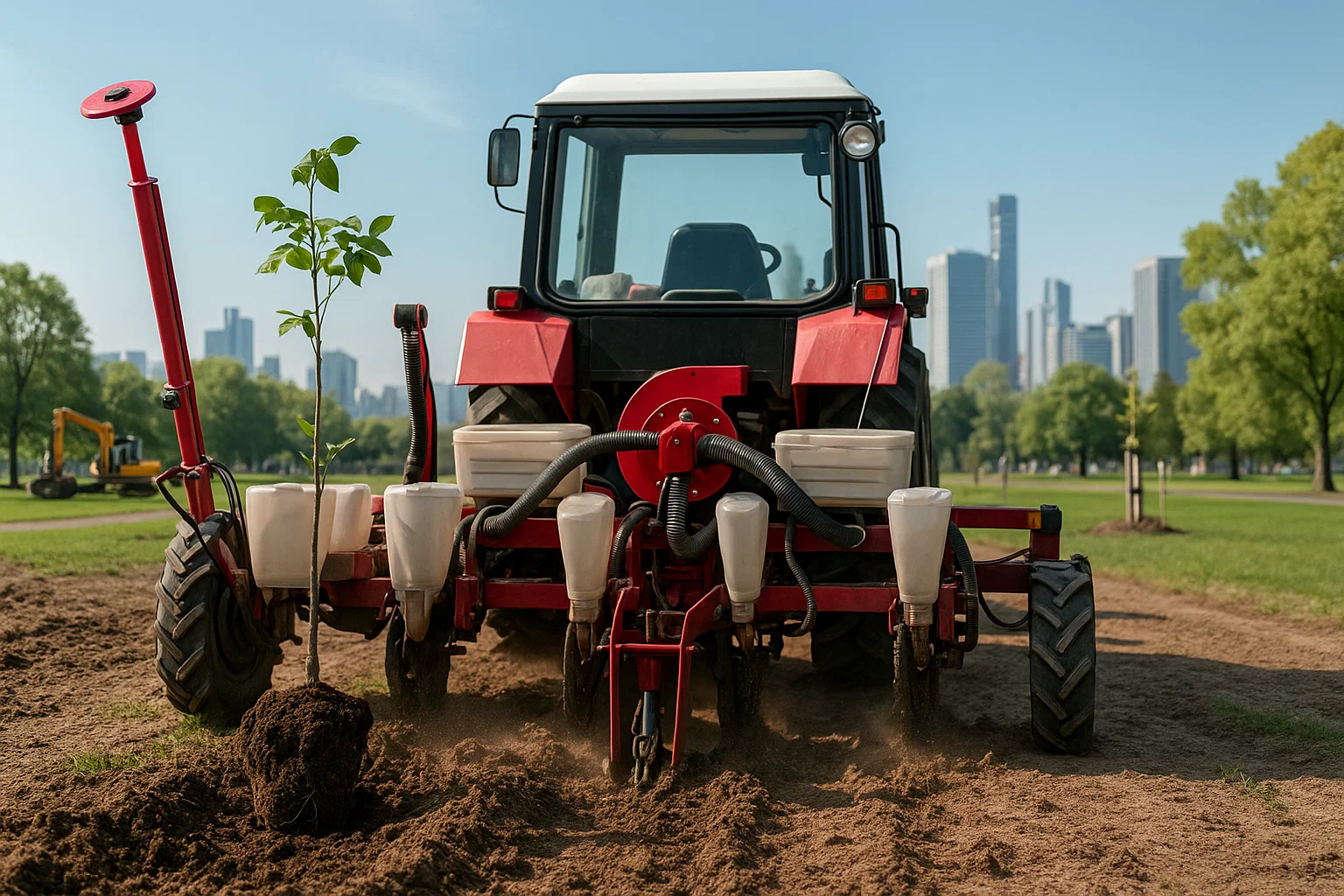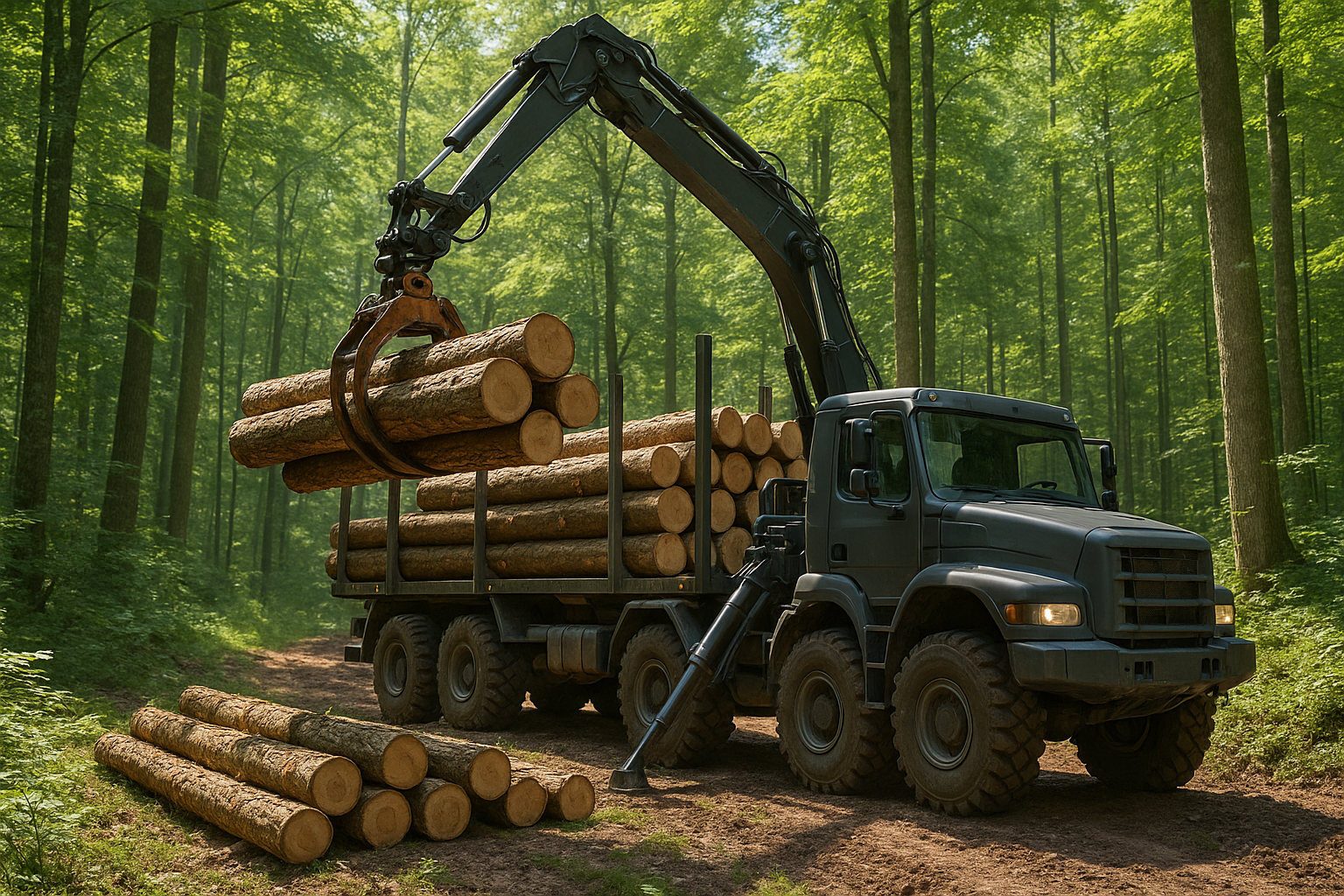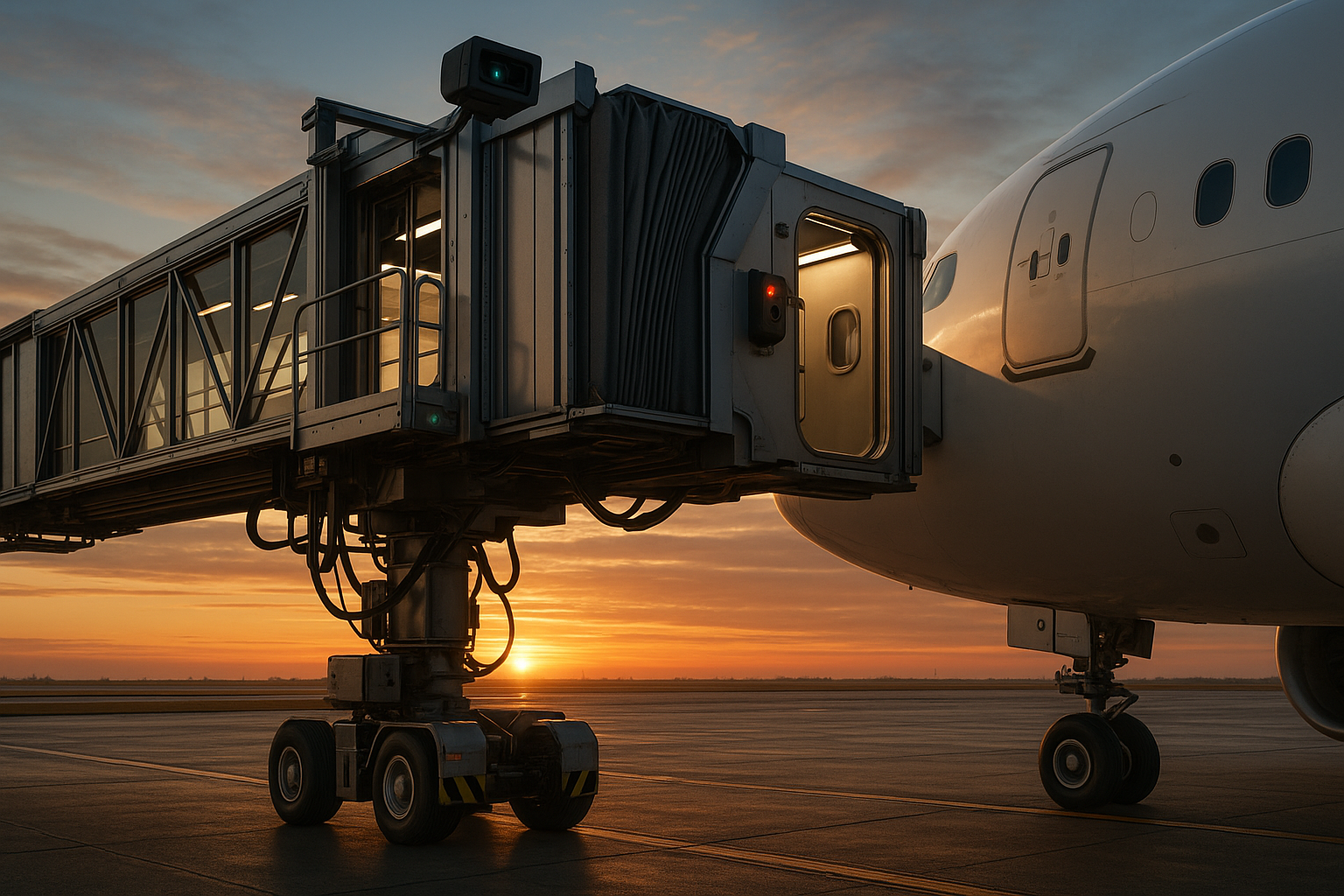
Building Safer Terrains with Neousys Rugged Edge AI for Autonomous Mine Detection

Overview
Landmines remain one of the world’s deadliest legacies of war.
According to the United Nations and the International Campaign to Ban Landmines (ICBL), more than 50 million landmines are scattered across 60+ countries—causing around 10,000 deaths and 20,000 injuries every year.
Clearing them is slow, dangerous, and costly. Traditional manual detection exposes operators to life-threatening risk, while uneven terrain and poor visibility complicate marking and clearance validation.
To reduce human exposure and improve operational precision, our client developed an autonomous landmine detection and marking vehicle—a mobile robot capable of scanning, identifying, and visually marking zones in compliance with UN mine-action red/white boundary standards.
Powered by Neousys rugged edge-AI computing platforms, the system combines perception, control, and actuation in real time—even under dust, heat, and poor lighting.
Problem Identification
- Extreme risk: Manual detection is highly dangerous; operators face live explosives daily.
- Need for automation: Mine detection and marking require repeatable, precise motion control.
- Lighting challenges: Shadows, sunlight, and dust affect line detection accuracy.
- Coverage gaps: Traditional U-turn patterns create unscanned “dead zones” in the field.
- Environmental stress: Systems must survive vibration, sand, and wide temperature swings.
Solution Implementation
1. Autonomous Operation
Neousys edge-AI computers provide the compute foundation for multi-sensor autonomy.
By integrating LiDAR, cameras, and magnetic sensors, the vehicle navigates and scans autonomously, identifying buried metal signatures while marking surface boundaries.
2. Visual Detection & Marking
Using multiple PoE and USB camera inputs, the system performs real-time image analysis under varying light conditions.
Dual paint sprayers mark each zone—red for danger, white for safe—following UN conventions.
3. Precise Scanning Patterns
To eliminate coverage gaps caused by turning radius limits, the vehicle executes a “dog-leg” comb pattern, retracing its path in reverse before shifting laterally to the next lane.
This ensures full-density scanning across each sector.
4. Rugged Edge Compute
Neousys’s fanless, wide-temperature design keeps systems operational in dust, vibration, and heat.
Rich I/O options (PoE, USB, serial, and GPIO) support diverse sensors, while NVIDIA® Jetson or GPU modules deliver AI inference for on-board perception and path planning.
Results
- Zero operator exposure during detection and marking.
- Real-time classification of scanned areas for faster clearance verification.
- Consistent red/white markings for immediate field visibility.
- Denser scan coverage through optimized dog-leg movement.
- Reliable all-day performance under heat and dust thanks to Neousys’s rugged design.
Conclusion
Autonomous mine detection is not only a leap in robotics—it’s a step toward safer, mine-free communities.
Neousys rugged edge-AI platforms make it possible by combining real-time perception, multi-sensor fusion, and military-grade durability in one compact solution.
Looking to build your own field-ready UGV or robotics platform?
Neteon provides the full Neousys lineup with configuration, consultation, and integration support.
Industrial IoT

Start your journey with Neteon!
Discover how our solutions can transform your business.
One click is all it takes.











